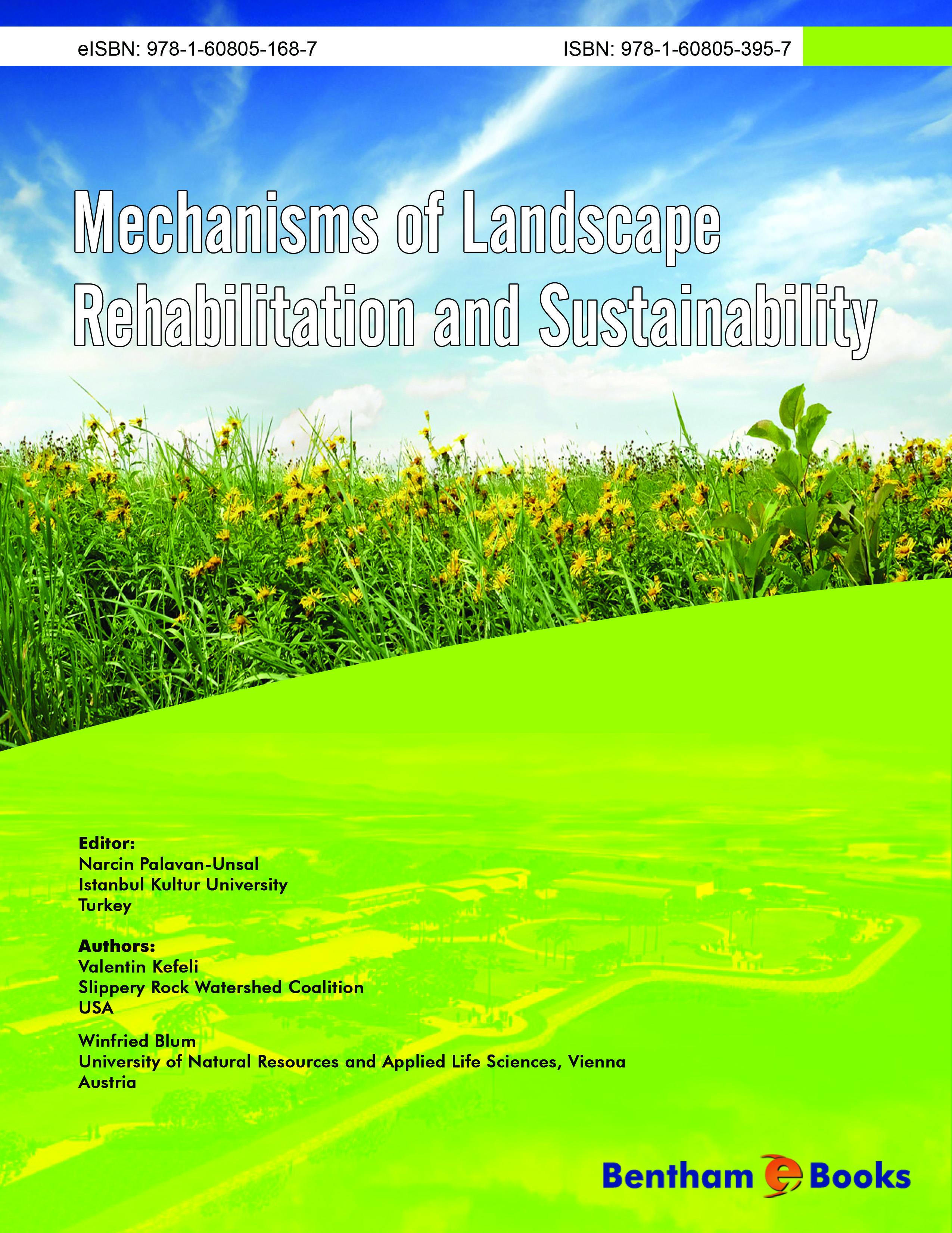Introduction
Mechanisms of Landscape Rehabilitation and Sustainability
is based on the results of landscape rehabilitation with the help of fabricated soil and a new approach on the use of restored soils for building houses and communities.
This book presents discoveries and proposals that have emerged from the authors' research and explains ways to protect Earth's ecosystems against further degradation. These proposals are founded on the philosophy of sustainable development and its application to various aspects essential to the long-term success of human beings; these include community coexistence, education, water purification and recycling, agriculture, the production of fabricated soil for landscape rehabilitation, and the preservation and propagation of wild flora. Strategies for both indoor and outdoor systems are covered in this publication.
The book covers several subjects including molecular biology, botany, microbiology, soil biochemistry and human interaction with the ecosystem. Methods for soil rehabilitation ultimately allow us to obtain optimal crop yield.
Mechanisms of Landscape Rehabilitation and Sustainability
is of particular interest to academic and professional biologists, soil scientists, ecologists, agronomists and architects.

